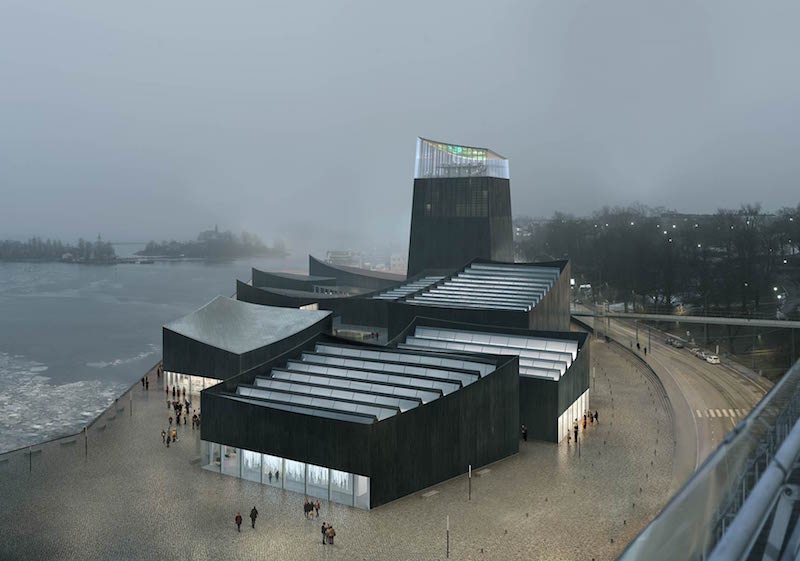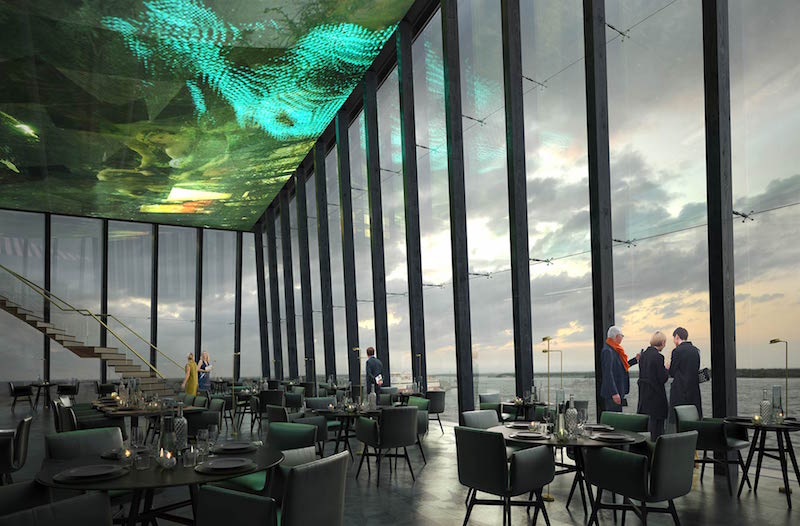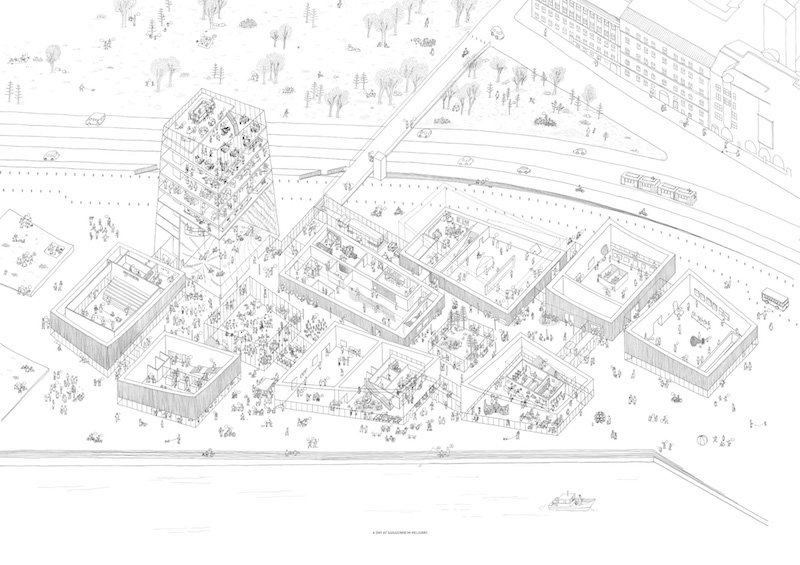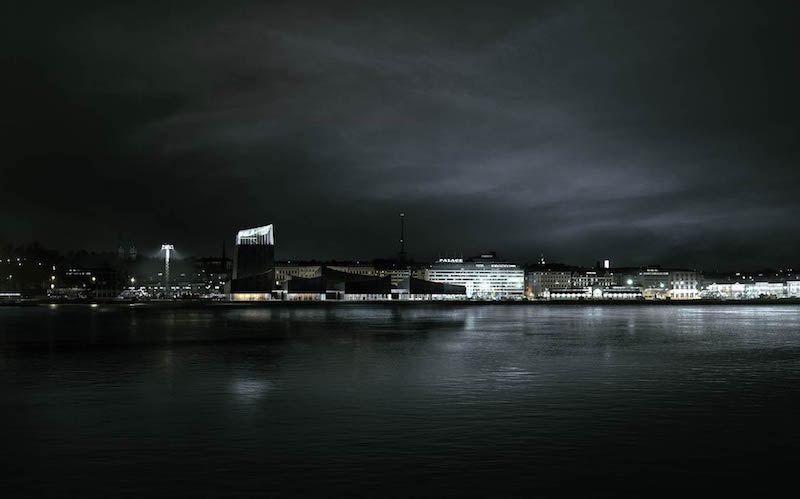Like Wile E. Coyote catching the Roadrunner or the Buffalo Bills winning a Super Bowl, some things are just not meant to be. Now, it seems as though construction of the Guggenheim Helsinki can be added to that list.
The idea for the museum has been divisive among Finnish citizens since it was first proposed in 2012, Curbed reports. Some believed it was a waste of money while others thought it would become a tourist destination and an economic draw. But that argument between the two sides was officially put to rest recently as the Finnish government ruled out state funding for the project.
The museum was expected to cost between $134 and $156 million to build with the government covering about $45 million of the total. With about one-third of the project's funds being eliminated in one fell swoop, the museum's chances at ever being constructed are slim. The Guggenheim Foundation has not given up hope yet, however, as it is attempting to find another way to get the money necessary for construction.
They don’t have long to figure it out, though, as the museum’s reservation for the planned 18,520-sm harborfront site will expire at the end of this year.
The current, and possibly doomed, design for the Guggenheim Helsinki comes from Moreau Kusunoki Architects, a Paris-based firm that won a competition of over 1,715 submissions for the opportunity to design the building.
 Rendering courtesy of Moreau Kusunoki Architects via DesignGuggenheimHelsinki.org
Rendering courtesy of Moreau Kusunoki Architects via DesignGuggenheimHelsinki.org
 Rendering courtesy of Moreau Kusunoki Architects via DesignGuggenheimHelsinki.org
Rendering courtesy of Moreau Kusunoki Architects via DesignGuggenheimHelsinki.org
 Image courtesy of Moreau Kusunoki Architects via DesignGuggenheimHelsinki.org
Image courtesy of Moreau Kusunoki Architects via DesignGuggenheimHelsinki.org
Related Stories
| Aug 11, 2010
Museum celebrates African-American heritage
The Harvey B. Gantt Center for African-American Arts + Culture recently completed construction on the Wells Fargo Cultural Campus in Charlotte, N.C. Designed by the Freelon Group, Durham, N.C., with Batson-Cook's Atlanta office as project manager, the $18.8 million project achieved nearly 100% minority participation.
| Aug 11, 2010
Design for Miami Art Museum triples gallery space
Herzog & de Meuron has completed design development for the Miami Art Museum’s new complex, which will anchor the city’s 29-acre Museum Park, overlooking Biscayne Bay. At 120,000 sf with 32,000 sf of gallery space, the three-story museum will be three times larger than the current facility.
| Aug 11, 2010
Thom Mayne unveils ‘floating cube’ design for the Perot Museum of Nature and Science
Calling it a “living educational tool featuring architecture inspired by nature and science,” Pritzker Prize Laureate Thom Mayne unveiled the schematic designs and building model for the Perot Museum of Nature & Science at Victory Park in Dallas. The $185 million, 180,000-sf structure is 170 feet tall—equivalent to approximately 14 stories—and is conceived as a large...
| Aug 11, 2010
Piano's 'Flying Carpet'
Italian architect Renzo Piano refers to his $294 million, 264,000-sf Modern Wing of the Art Institute of Chicago as a “temple of light.” That's all well and good, but how did Piano and the engineers from London-based Arup create an almost entirely naturally lit interior while still protecting the priceless works of art in the Institute's third-floor galleries from dangerous ultravio...
| Aug 11, 2010
The Art of Reconstruction
The Old Patent Office Building in Washington, D.C., completed in 1867, houses two Smithsonian Institution museums—the National Portrait Gallery and the American Art Museum. Collections include portraits of all U.S. presidents, along with paintings, sculptures, prints, and drawings of numerous historic figures from American history, and the works of more than 7,000 American artists.
| Aug 11, 2010
Silver Award: Please Touch Museum at Memorial Hall Philadelphia, Pa.
Built in 1875 to serve as the art gallery for the Centennial International Exhibition in Fairmount Park, Memorial Hall stands as one of the great civic structures in Philadelphia. The neoclassical building, designed by Fairmount Park Commission engineer Hermann J. Schwarzmann, was one of the first buildings in America to be designed according to the principles of the Beaux Arts movement.







